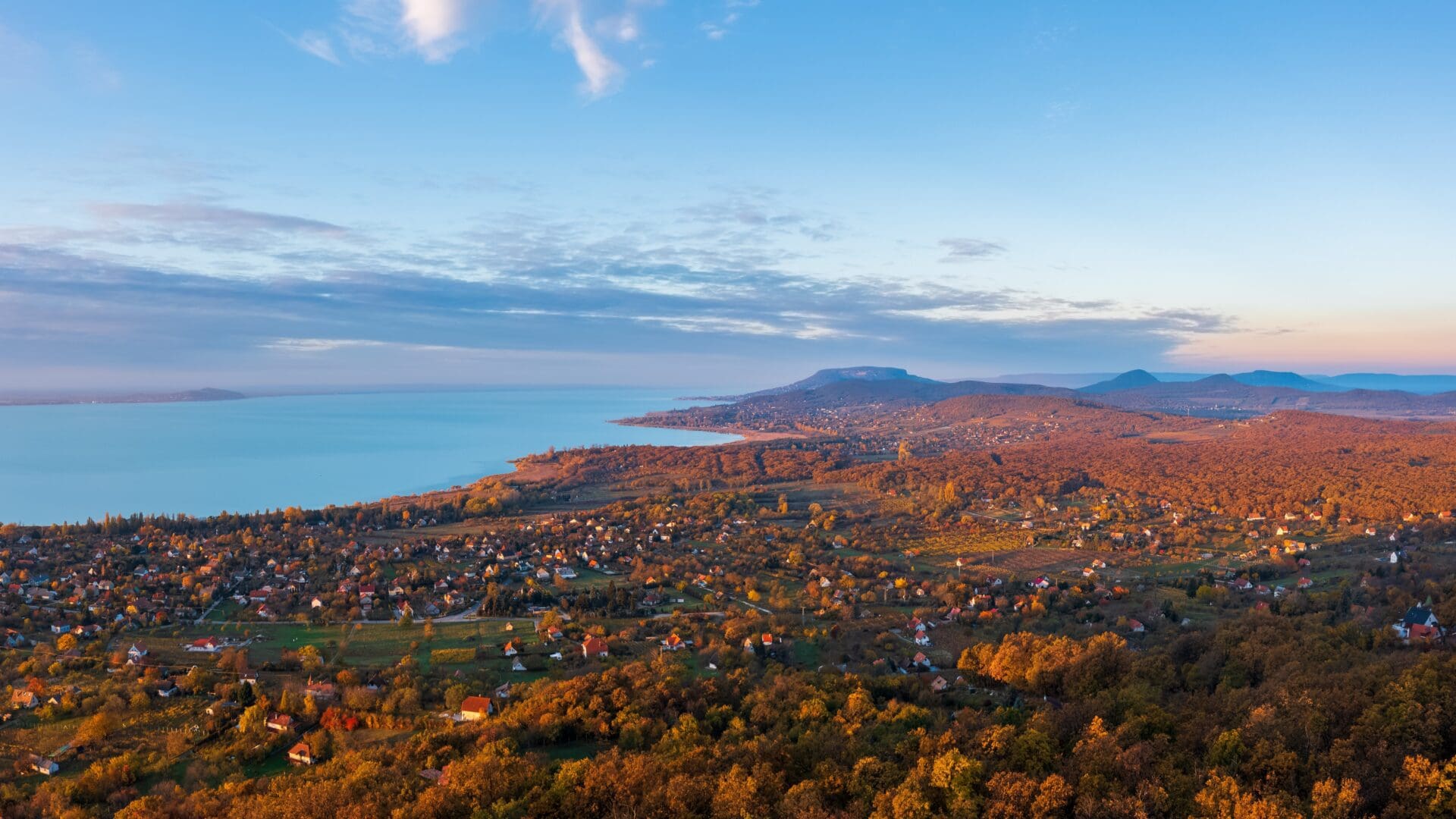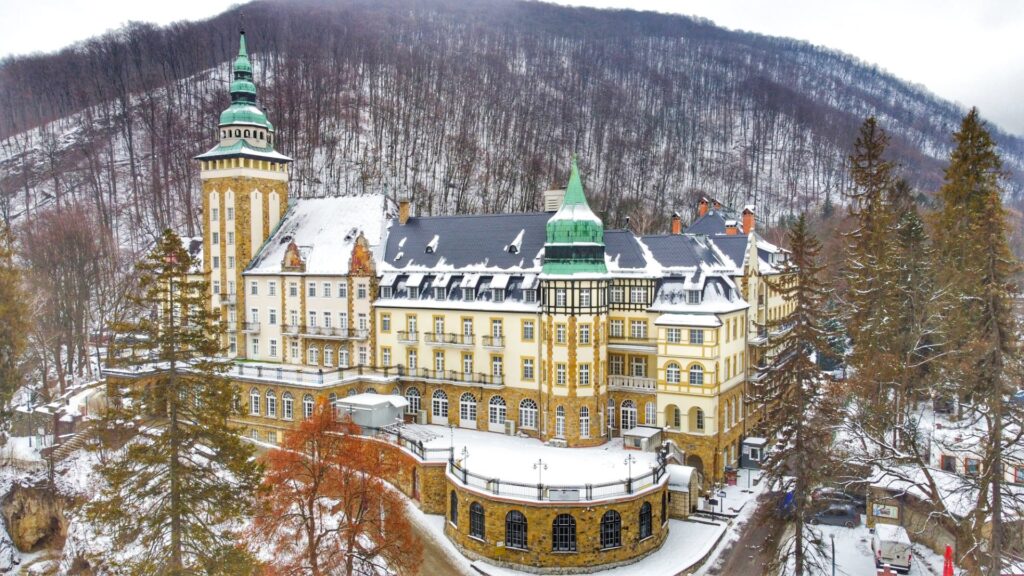According to the recently released data by the Hungarian Tourism Agency, tourism in Hungary exceeded all expectations in 2022. The performance of tourism grew by 40 per cent, reaching almost pre-COVID-19 levels. Last year, 14.2 million visitors spent almost 40 million nights in the country. About 4 million stayed in the capital, and over 10 million spent their holidays in the countryside, where the most popular tourist destination was Lake Balaton. This year, as part of Veszprém’s role as one of the European Capitals of Culture, Lake Balaton is preparing to host an even larger number of visitors, attracting tourists by organising a whole slew of diverse cultural and artistic programmes. The Balaton Uplands National Park, located on the northern shoreland of Lake Balaton, plays an important role in this year’s schedule.
The Balaton Uplands National Park, established in 1997, covers an area of 56,997 hectares (140,843 acres), and consists of six landscape protection areas: the Small-Balaton, the Keszthely Hills, the Tapolca Basin, the Káli Basin, the Pécsely Basin and the Tihany Peninsula. The Tihany Peninsula, arguably the most famous protection area of the National Park, was presented with a European Diploma in 2003. The Diploma recognised Tihany’s natural area and landscape both as exceptionally important for the preservation of biological, geological and landscape diversity, and as an area that is managed in an exemplary way. Tihany is famous not only for its ecological importance and historic heritage, but also for being a popular getaway site for romantic couples. While most couples usually visit Tihany during the lavender harvest season, Tihany offers a wide range of programmes for this year’s Valentine’s Day, too.
The Tapolca Lake Cave is another charming, romantic spot near Lake Balaton that belongs to the National Park—the cave, that has crystal clear karst water, can be explored by boat. Discovered in 1903, it was the first electricity-installed cave of Hungary.
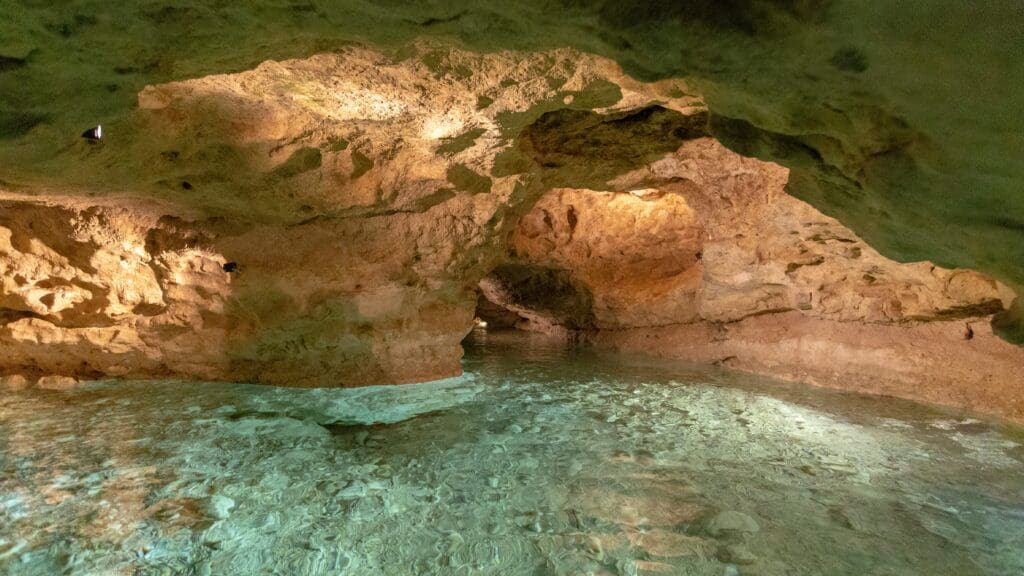
The Bakony Mountains with their basalt rock formations are a relic of the volcanic activities in the Quaternary. For hiking enthusiasts looking for a truly educational tour, is visit to Bakonybél is highly recommended. Apart from the Bakonybél Abbey, a Benedictine monastery established in the first decades of the 11th century, the settlement has another great attraction: it has the biggest and most modern digital planetarium in the whole of Hungary. The lush countryside and the splendidly fresh air make Bakonybél a prime hiking destination anyway, not to mention that it offers a unique cinema experience: the image projected onto the semi-spherical dome, which has a diameter of 8 metres, has the highest resolution in Hungary. The planetarium has a range of well equipped telescopes that can be used both during the day and at night.
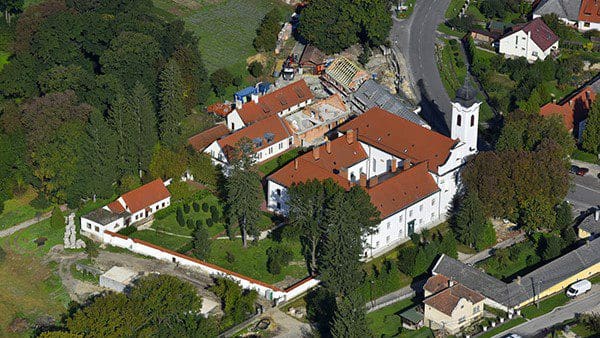
When exploring the Uplands, visitors will find castle ruins on the top of the hilltops, and vineyards on their foothills. The Badacsony Region, thanks to the volcanic soil and a unique microclimate, produces excellent wines.
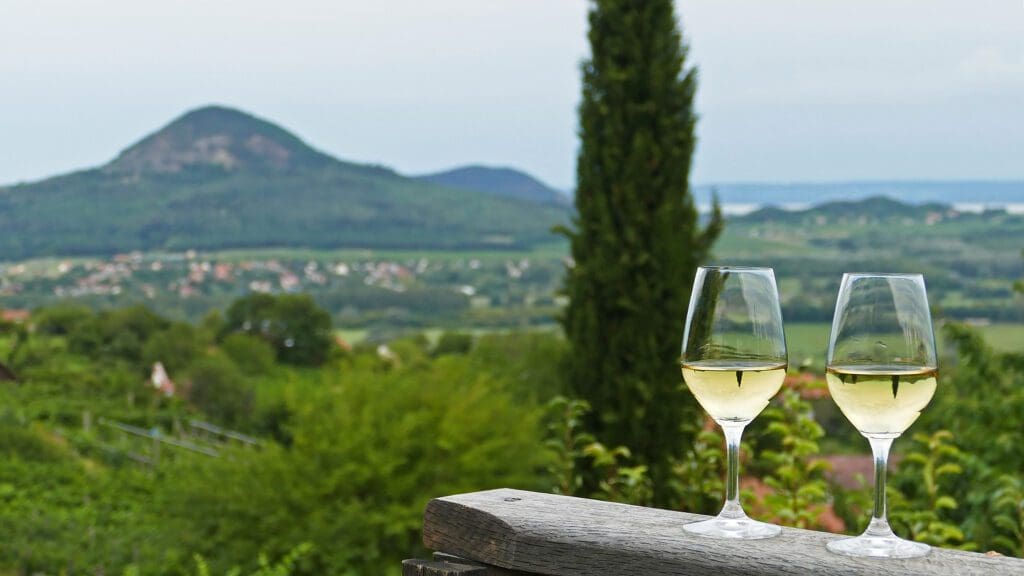
The headquarters of the Balaton Uplands National Park is in Veszprém. One of UNESCO’s cities of music since 2019, Veszprém has gained international recognition for hosting a series of music festivals promoting music literacy and education. In a unique decision, the town decided to share its title of European Capital of Culture with over 110 neighbouring small villages and towns. Thereby, the 2023 Veszprém-Balaton project is set to showcase both the cultural diversity and natural beauty of the region.
In the latter part, the Balaton Uplands National Park plays an important role—the Balatorium ecological and artistic programme, which is part of the Veszprém–Balaton project, is organised in cooperation between Veszprém-Balaton and the Balaton Uplands National Park. Another segment of the Veszprém-Balaton programme revolves around a theme called ’Fragile Balaton’. ‘Fragile Balaton’ focuses on the ecosystem of the lake and its surrounding area. The project wishes to demonstrate the local impact of climate change, while promoting the idea that the health of local communities depends on the health of the ecosystems that surrounds them.

